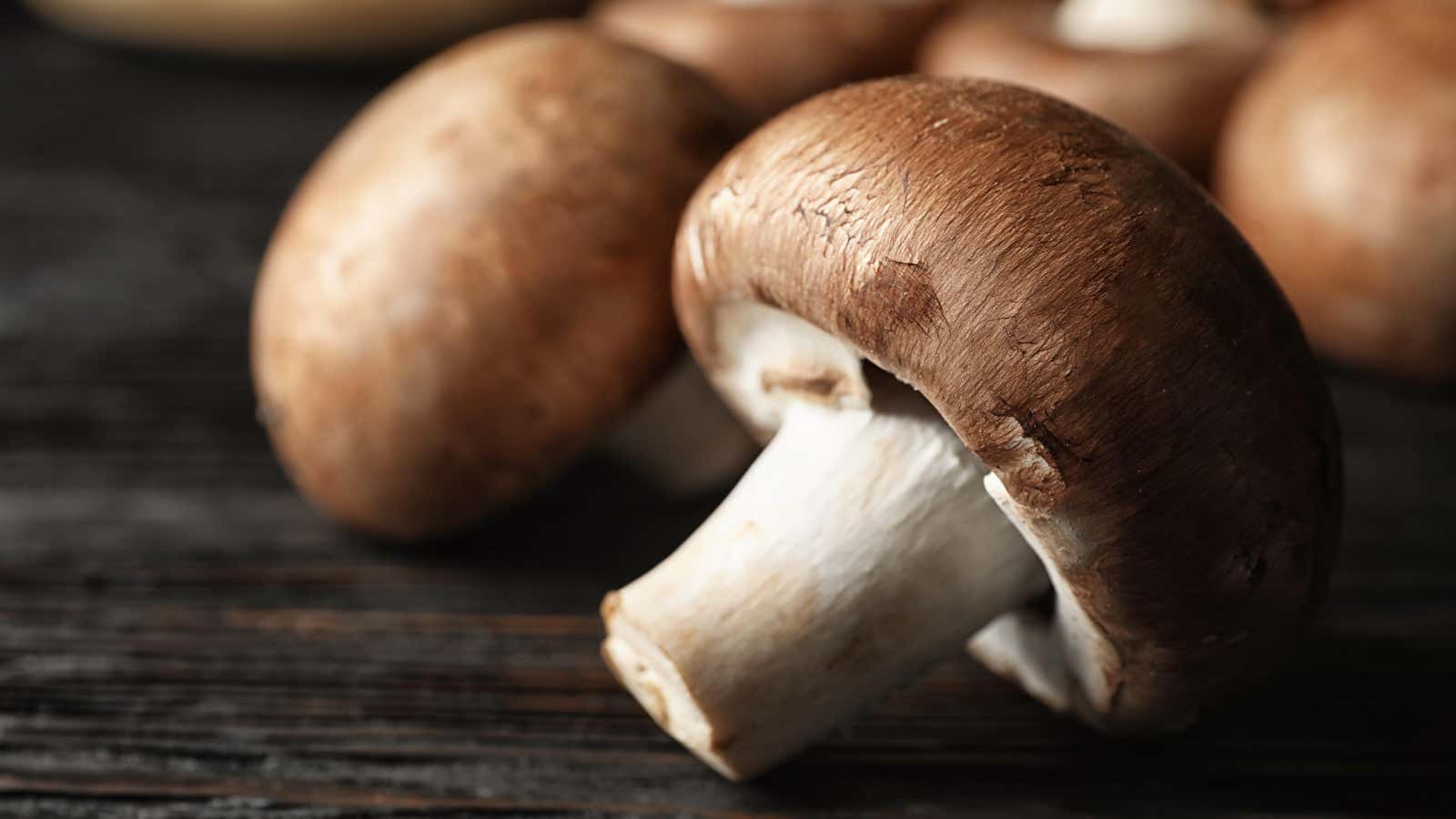How to Store Mushrooms so They Last Longer

Mushrooms and moisture have a tense relationship. Mushrooms seem to love moisture and cling to it at every opportunity, but this relationship is toxic as moisture hastens the mushroom’s slimy demise. Therefore, your job as a keeper of the mushrooms is to keep them as dry as possible (until you are ready to eat them).
The easiest way to do this is not to buy them too early – best just a few days before you plan to eat them, but some varieties will remain edible for up to a week. Buy whole mushrooms whenever possible to inspect each for damage to make sure it is hard and free from stains or soft, soft, damp spots.
When it comes to storage, not everyone agrees which method is “best”. According to Harold McGee’s Food and Cooking , mushrooms “breathe out” moisture when they are in the refrigerator, and this moisture can accumulate on the surface of the mushroom, contributing to spoilage. McGee recommends wrapping them loosely in a moisture-absorbent wrap (such as a paper bag), while Cook’s Illustrated prefers an open Ziploc-style bag, which they say “increases air circulation without drying them out” and “allows ethylene gas to escape from the mushrooms must be released, extending their shelf life. “
Unsatisfied with this conflicting information, I turned to the farmer Dan , who had just organized the mushroom hunt I visit in June. Dan was not happy with the plastic bag method:
I’m a team paper bag. They can become slimy very quickly in the plastic bag, even if it is open. Also depends on the mushrooms and the conditions in which they were collected … is the mushroom swampy or dry? It is better to dry out a little in a paper bag than become slimy in a plastic bag.
If you choose the paper bag option, make sure it is dry and replace it if it gets damp.
If you buy pre-packaged mushrooms, leave them in the packaging until you are ready to cook them. These packaging are well ventilated and designed to be stored for as long as possible until the customer picks them up. If you’re only using a few mushrooms at a time, you can get closer to the original packaging by covering the container with new plastic wrap and punching a few holes through it.
Whether it’s a grocery store packaging or a paper bag at a farmers’ market, keep mushrooms away from the grocery drawer – it’s too humid. Store them in the main compartment of the refrigerator and throw them away if they start to smell sour, look or feel slimy to the touch.
However, a little wrinkled is normal. In fact, Cook’s Illustrated found that slightly dated white mushrooms “have a deeper, earthy, mushroom flavor than the flawless specimens,” most likely “because some of the moisture has evaporated, the flavor has concentrated, and some of the proteins have decayed. peptides and amino acids such as glutamic acid enhance the taste of umami. “
Mushroom washing is another topic that generates a lot of controversy. Although Cook’s Illustrated has found that varieties with open gills tend to absorb large amounts of moisture – even during a quick rinse – most mushrooms do not absorb enough water to have any meaningful effect on their moisture content. However, you should make sure that you do not wash them just before cooking and eating, as you do not want residual moisture accumulating on their surfaces to accelerate their decomposition.
A quick rinse of the dirt should be enough to remove the loose dirt – just hop into a salad spinner or blot them with paper towels before frying, sautéing, or braising. (The drier they are, the less likely they are to become steam, and steam is the enemy of browning.)